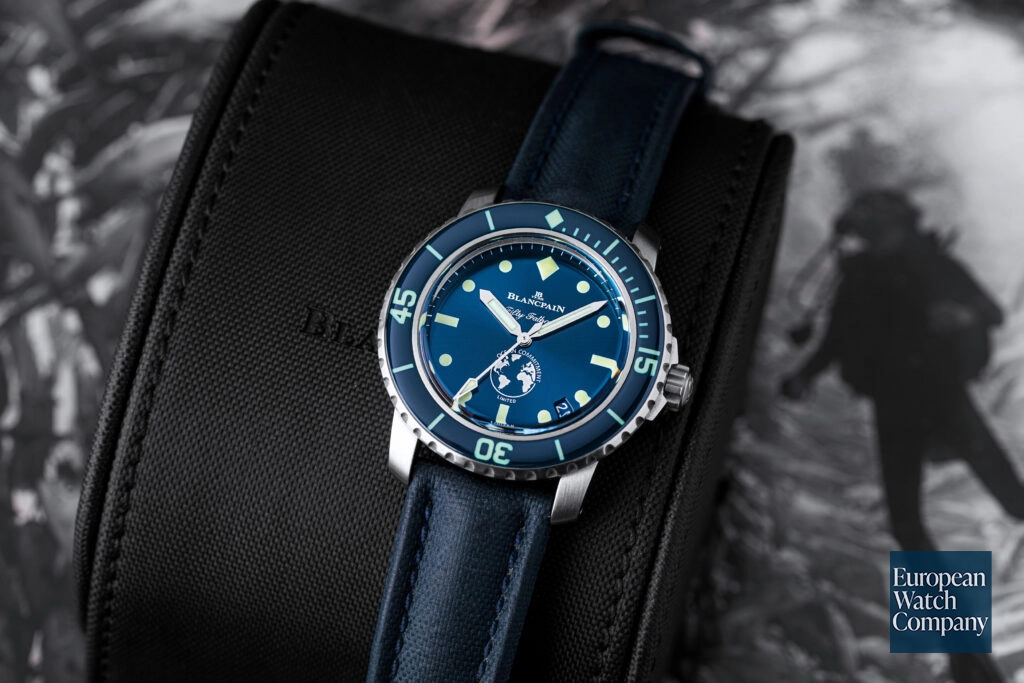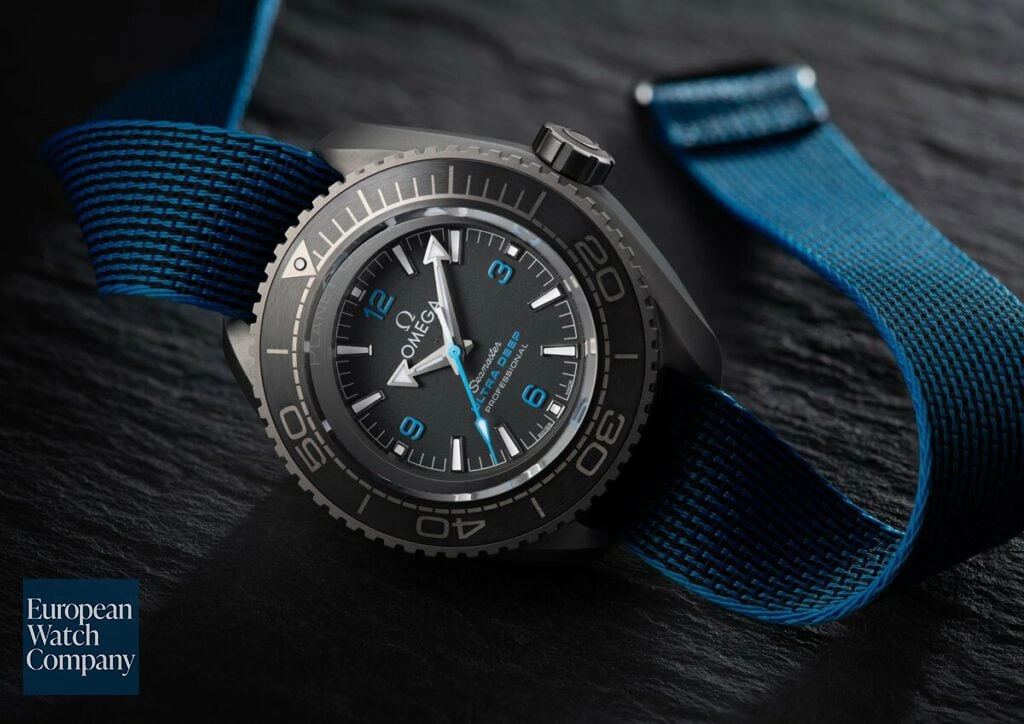Wrist Assured: Can I get my watch wet? How wet?
Wrist Assured

Water is the most common, and in my experience, the most misunderstood hazard your watch will face. Whether purchased for its aquatic chops or not, knowing exactly how wet your watch can get is the difference between carefree wear and costly repair.
Start with the caseback: most pieces carry a water-resistance marking (e.g., 50 m, 10 bar) engraved there or on a lug. If it’s not on the case, check the owner’s manual or the manufacturer’s site. If there’s no rating at all, treat it as not water-resistant. That means avoid immersion and be cautious even with routine splashes like hand-washing or doing dishes.

Water resistance is a measurement of pressure, not simply a depth rating. A watch with a rating of 100M, can withstand the pressure of 100M depth of water without adding any external pressure. This rating does not consider the pressure of moving underwater, temperature changes, or breaking the surface tension of a body of water (yes, cannonballing into your pool). These actions increase the force of pressure being applied to the watch and its gaskets. Everyday water activities like water skiing, cliff-jumping, or just swimming in rough waters can significantly impact the watch’s water resistance, and wearing a watch while doing these activities should be reconsidered to prevent damage. The chart below is an excellent reference to what “wet” activities a watch can withstand based on its water resistance ratings.

Source: https://helpcenter.oris.ch/hc/en-gb/articles/16999122597009-How-water-resistant-is-my-watch
Whether jumping in the pool with an Omega Seamaster or going full-scale diving with a Rolex Sea Dweller DeepSea, getting a water pressure test at least once a year (more often for our frequent divers) is recommended. When purchasing a pre-owned watch, it is necessary, before going swimming or diving, to have a trusted watchmaker perform a water pressure test. Watches are water-resistant thanks to gaskets that seal the case at key points like the crown, caseback, and crystal. “The term ‘water resistant’ can be misleading—even everyday activities like washing dishes may not be safe for these watches. To ensure a watch is truly ‘waterproof,’ both the case and crown must be securely screwed down,” said Albert Ganjei, founder of European Watch Company. Over time, repeated exposure to pressure, temperature changes, moisture, and even daily use (like turning the crown) can degrade these gaskets, weakening the seal and increasing the risk of water inside the watch. Similarly, chemicals and saltwater can damage gaskets over time, so always rinse the watch with fresh water after being in a chlorinated pool or saltwater.

Water damage to a beloved timepiece can be detrimental to the movement of the watch and could result in a complete overhaul of the watch’s movement and replacement of all gaskets and seals. Ganjei explained, “If you suspect that a watch’s movement has been exposed to water, it is imperative to take it to a trusted watchmaker as quickly as possible.” Water damage can appear as a foggy crystal, rust in the movement, visible water on the dial, discoloration of the dial or hands, or a strange odor from the watch. If the crown or pushers become difficult to operate after your watch gets wet, it could be a sign of water intrusion and possible internal damage.

Any water damage to your watch could also result in a hefty service fee and a few months without the watch. Understanding a watch's water resistance rating is the first step to preventing damage. Routine maintenance and cleaning after each swim are also integral to maintaining the seals that prevent water damage.
Most insurance policies and factory warranties do not cover water damage, as it is usually considered “gradual wear and tear,” which could have otherwise been prevented by routine care and maintenance. Before you take your next beach trip or dive into the pool this summer, ask yourself, “Is my watch prepared for this?”